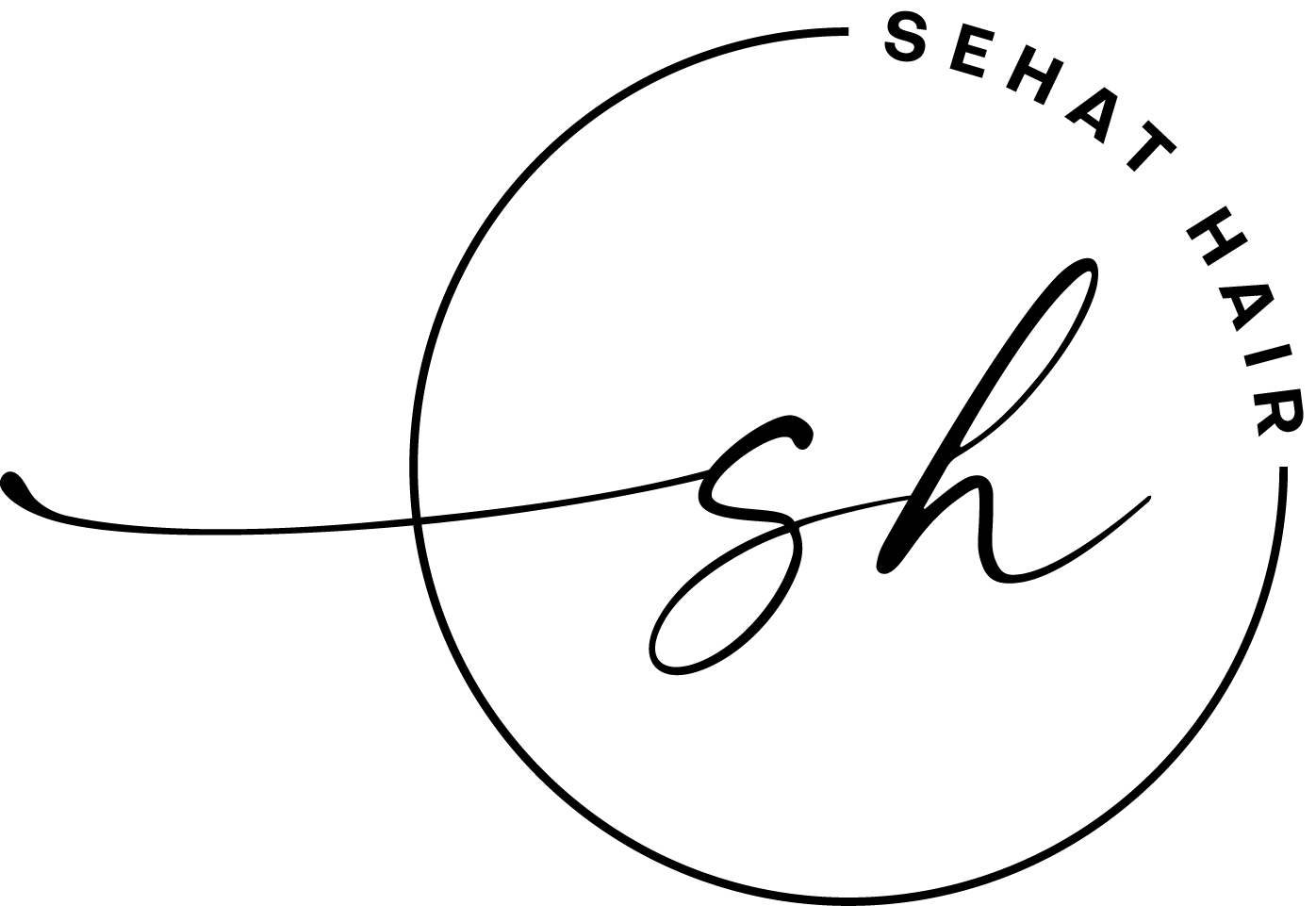 Hair is made of a protein called keratin, produced in the dermis. The hair grows from the hair bulb, which forms the base of the hair follicle. The hair bulb receives nourishment from the blood vessels surrounding it. Lanugo Hair
Hair is made of a protein called keratin, produced in the dermis. The hair grows from the hair bulb, which forms the base of the hair follicle. The hair bulb receives nourishment from the blood vessels surrounding it. Lanugo Hair
The hair which covers the fetus in the womb is known as Lanugo Hair. This hair is long and silky and generally shed before birth and sometimes disappears a few weeks after birth.
Vellus Hair
Vellus hair is hairs that cover the whole body except the palms and the soles of the feet. They are generally short, fine, and non-pigmented. Its length and thickness can vary from person to person.
Terminal Hair
The Terminal hair is found on the eyebrows, eyelashes, and scalp. After puberty, they grow on the chest, underarms, and pubic area. An increase in androgen levels is the cause of the growth of Terminal hairs.
Hair Growth Cycle
During the hair growth cycle, hair grows about 0.3mm – 0.4 mm daily, about 6 inches in a year. At any given time, the hair will be in 3 different phases.
These 4 different phases of the hair cycle are anagen, catagen, telogen, and exogen.
Anagen: The Growing Phase
Most hairs on the scalp, about 90%, are in the anagen phase. During this phase, the hair grows about 1 cm every 28 days. The hair generally stays in this phase of growth for 2 – 6 years. Persons with a long active growing phase tend to have longer hair, and these hair strands can even grow for 7 years or more.
Those with a shorter growing phase would mean that they would have sorter hair. Hair will continue to grow based on its growing phase even after you have had a haircut.
Hairs on the body, like the eyebrows, eyelashes, and the body in general, have a very short growth phase of 30 – 45 days. This is the reason why hairs in these areas tend to be shorter.
Catagen: The Transition Phase
This is a transitional phase where 3% of the hairs are in the Catagen phase at any given time. This phase begins when the anagen phase ends. During this phase, hair growth stops, and the hair is prepared to detach in 10 days.
Telogen: The Resting Phase
The Telogen phase generally lasts about 100 days for the scalp’s hair and longer for the arms, legs, eyebrows, and lashes. About 6% – 8% of all hairs are in the telogen phase at any given time.
Health experts have divided the telogen into 2 parts: Telogen and Exogen phase. The telogen phase is where the new hair forms in the hair follicles after the catagen phase.
Exogen: The Shedding Phase
The exogen phase is basically an extension of the Telogen phase. Here the hair begins to shed when you shampoo your hair or brush your hair. Losing 50 – 120 strands of hair per day is normal. New hairs have already begun growing as these hairs are shed.
Having healthy, fuller hair is dependant on your hormones, genetics, proper hair care, and a healthy lifestyle. The above is a normal hair cycle. Should you shed more hair than usual, seek help.

